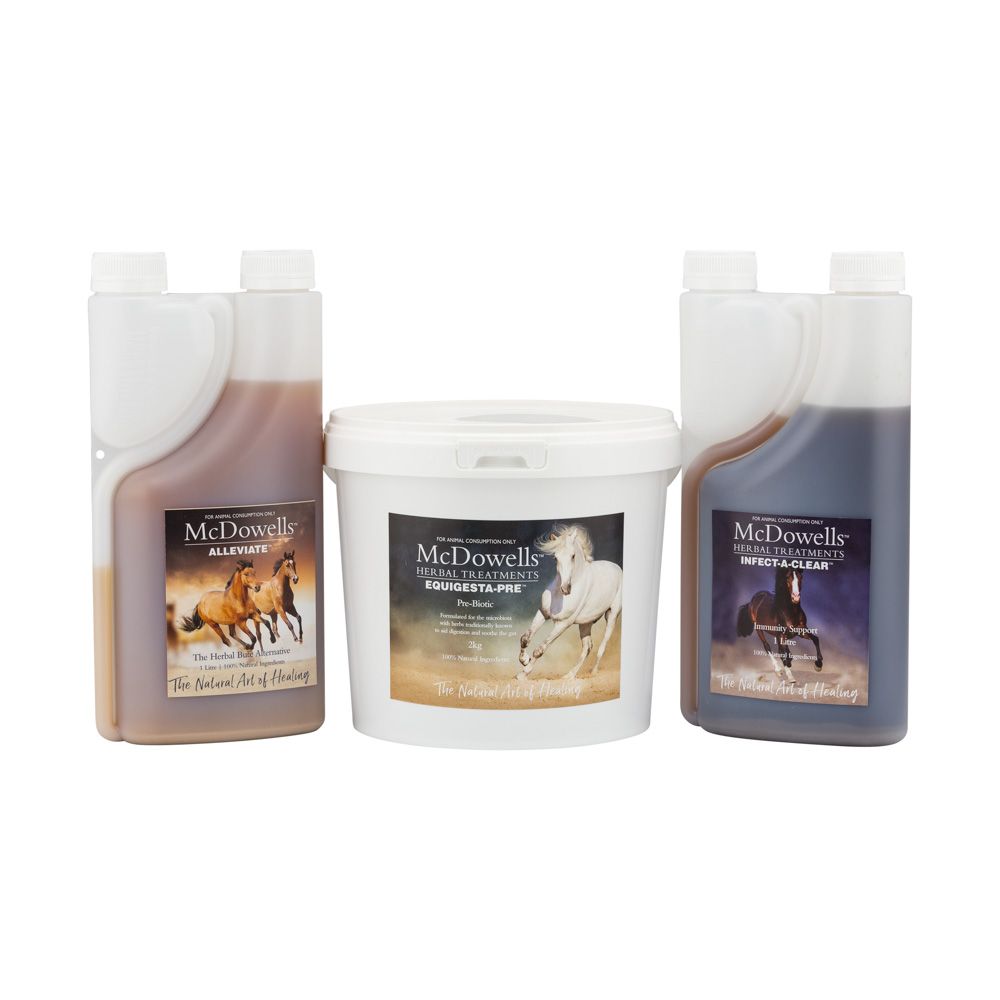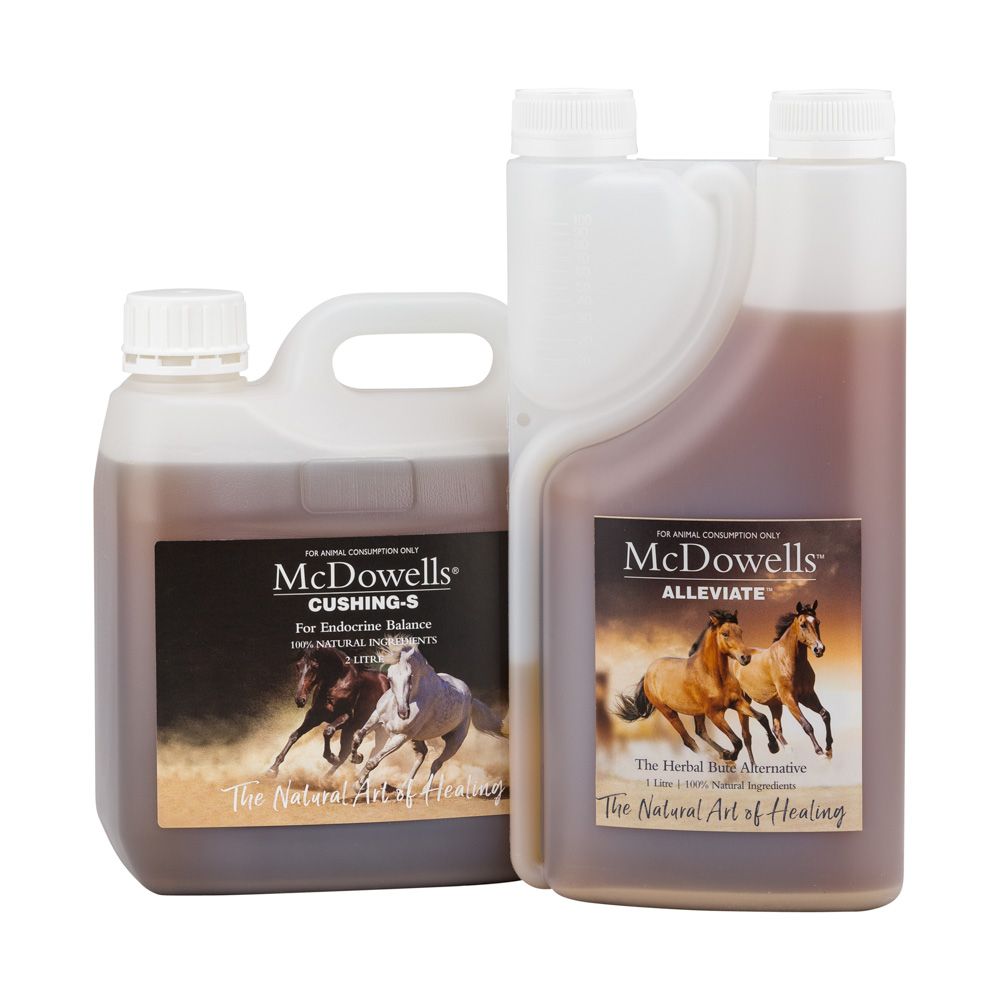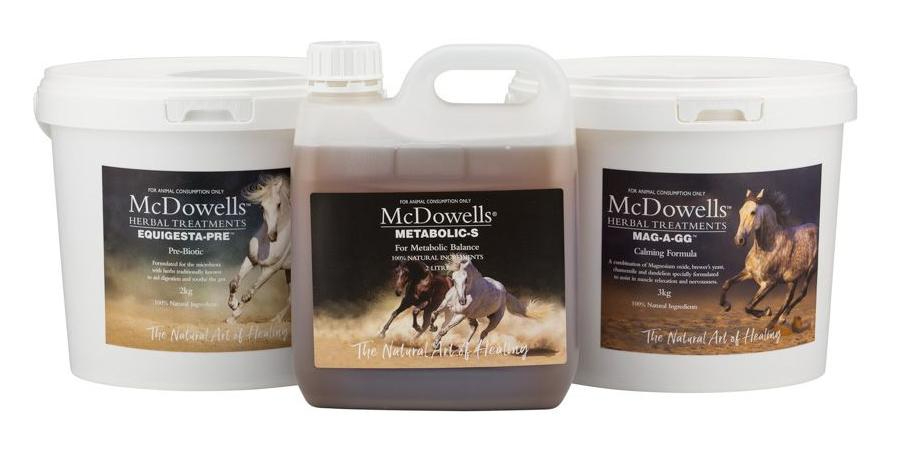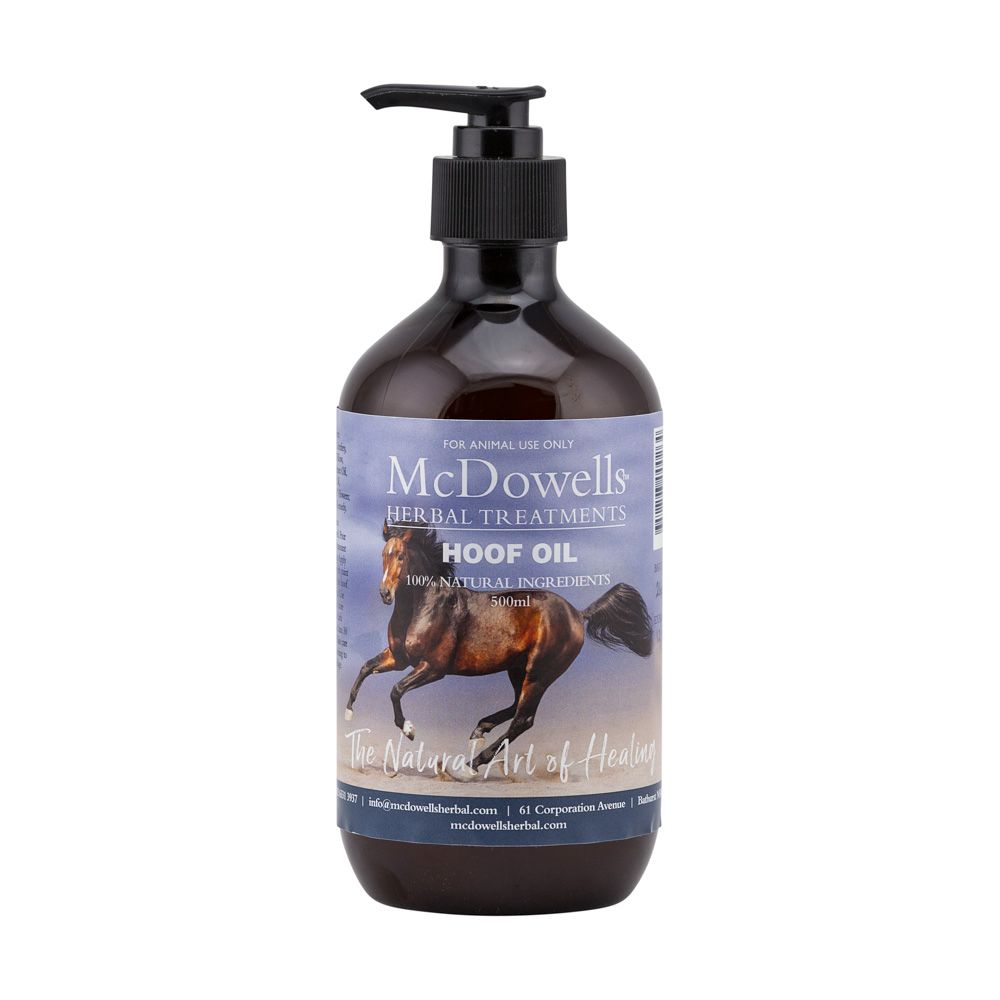The year 2020 will be marked by what we all now known as the Global Pandemic of Covid-19. It is the year that many Australians came out of long-term of drought and their horses, for the first time in years, have serious cases of laminitis. Those accustomed to dealing with sensitive horses are already on watch, locking up their horses and working hard to ensure that their beloved horses are safe from the dangers of fresh spring grasses!
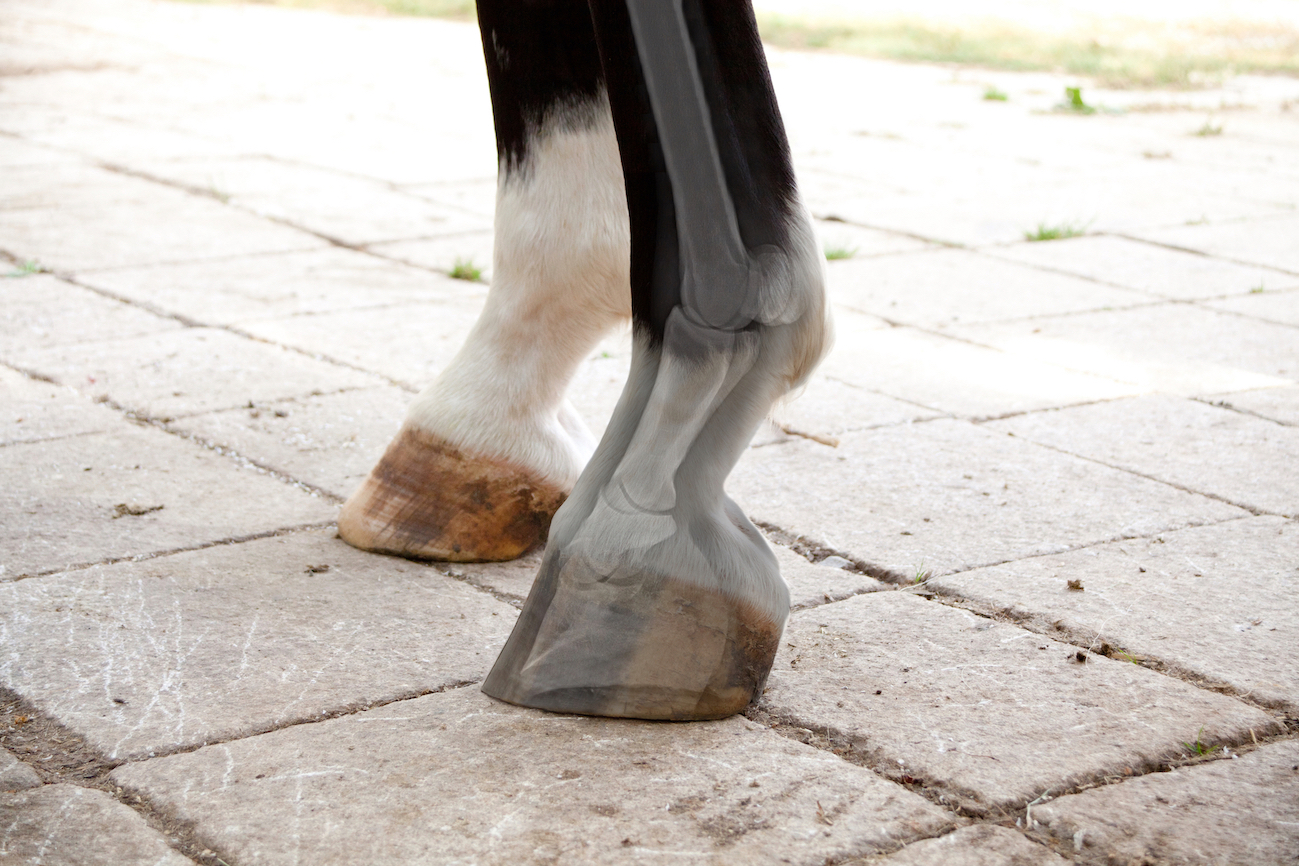
Over the years I have helped many owners design diets that prevent laminitis, as well as help thousands of owners rehabilitate their horses from serious chronic debilitating founder.
My understanding of the process of laminitis, its pathogenesis and management has evolved, not only due to my direct experience in practice, but also as more research has come to the fore.
Many of my suggestions have over the years challenged commonly held practices, which are now becoming more widely accepted. For example, I have never agreed with the practice of feeding out lucerne hay as a good feed for the laminitic horse or pony. Studies are now confirming this rationale.
I always remember my vet (a good friend and mentor of mine from when I was very young!) saying to “watch him!” as the best advice for prevention. But what was I watching for?!
Thankfully, now I know! It is my experience now that EVERY horse or pony, in varying degrees, is susceptible to laminitis. Watching you horse for early signs is very important!
The early warning signs are:
• Weepy Eye - every case
• Sluggish - every case
• Hard, engorged crest (not in every case)
• Overweight and fat pads (not in every case)
• 'Sooky' behaviour - every case
• Sensitive to walk on hard ground - every case
• Reluctant to stride out on the arena
• Irregularity of stride – every case
• Shifts weight – back to front, rests back feet, front feet
• Mild lameness on one side - every case
• Gets worse after a hard run or work on the arena - every case
• Lame on a circle – every case
• Laying down for short periods more frequently
• Heat in feet - every case
Seriously close to foundering:
• Weight shift becomes more obvious
• VERY reluctant to walk
• Swelling of lower limbs
• Abscessing
• Rapid pulse
• Heat in feet
Foundering (pedal bone rotation):
• Unable to walk
• Rocking back
• Obvious pain
• Tucked up
• Laying down for long periods
• Pedal bone penetration

Scientific research for the presence of oedema in horses with laminitis
A Scottish researcher named Susan Kempson was one of the first to identify a new theory of the initial event in the pathogenesis of laminitis. Up until the presentation of Susan’s research it was assumed that laminitis was caused by the restriction of blood to the laminae by the AVA’s (AVA's are vessels that connect an artery to a vein and act as shunts to bypass the capillary bed).
Susan’s theory proposes that the primary event in Laminitis is actually the formation of Oedema with in the foot. This occurs when excess fluid accumulates in the extra cellular spaces of the tissue, due to either abnormal leakage or fluid from plasma (like a systemic inflammatory response) to the interstitial spaces, or when there is failure for the lymphatic system to return fluid from these spaces back to the blood.
But what causes this increased permeability?
• Toxins
• Immune reactions
• Bacterial infections
• Vitamin C deficiency
• Trauma
• Mineral-corticoid excess
• Acute kidney failure
• Liver disease causing a decrease in plasma proteins.
• Gut problems – worm damage and chemical use causing leaky gut syndrome
Treatment program
There will be in every case of laminitis the need to get rid of the cause (toxin) and help restore normality to the GIT and the metabolism.
This involves:
• Locking up the horse from fresh green grass
• Feeding as per my recommended diet
• Feeding herbs to detox system (Infect-a-clear)
• Supporting gut health (Equigesta-Pre)
• Natural Pain relief and moving Oedema (Alleviate)
• Regular hoof care (bare foot is best) + McDowells Hoof Heal oil
• Deep bedding for standing
• and if exercising your horse, do so in sand arenas or on grass.
Conditions like Insulin Resistance and Cushing’s can also be supported with herbs. I suggest extra support with a specific formulations Like our Metabolic-S or Cushing-S to help with endocrine balance and improve the horses ability regulate its own blood sugar.
Usually in 10 days you will see a marked improvement if you have caught the condition in time. If you have been dealing with a chronic long-term case then it is best to discuss with me the rehabilitation process for the metabolism in depth.

